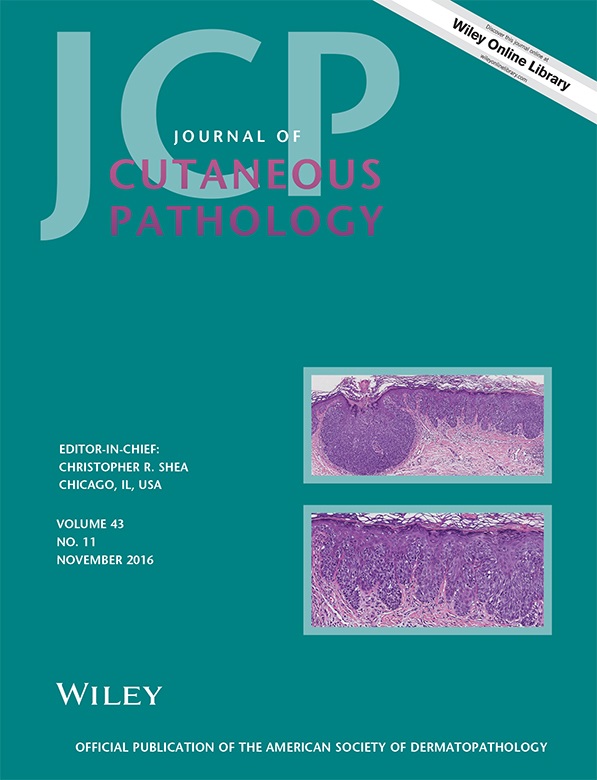Stenotrophomonas maltophila cellulitis in an immunocompromised patient presenting with purpura, diagnosed on skin biopsy
Abstract
Stenotrophomas maltophilia is an opportunistic Gram-negative bacillus and an important cause of nosocomial infections, particularly in immunosuppressed individuals. Although infections with this organism are most often in the form of pneumonia, bacteremia and endocarditis, awareness of the impact of S. maltophilia skin infections has been increasing. Here we describe a case of S. maltophilia cellulitis in a 65-year-old man with severe neutropenia and purpuric skin lesions to highlight the critical histopathological findings and correlate them with the clinical manifestations of the skin infection with this organism. Because identification of S. maltophilia can be challenging and infections are difficult to manage, this case illustrates essential considerations regarding the multifaceted histopathological, dermatological, clinical and microbiological aspects of the diagnosis and treatment of S. maltophilia cellulitis in a severely immunocompromised patient. Cognizance of the increasing incidence of nosocomial infections with uncommon microorganisms such as S. maltophilia is necessary when presented with atypical cutaneous manifestations, particularly in immunocompromised patients.




